If you are a movie buff, you may have heard aficionados heavily sighing, “The sequels are never better than the originals.” Who knows, you might even be one. But does the same apply to artists? While there have been several spiritual successors (we are eyeing you Georges Seurat), there have not been many direct sequels in the domain of art.
A pair which has a tumultuous relationship are the paintings done by Salvador Dali. Salvador Dali paintings can be found hanging in museums around the world and sold at a profit at auctions. Although his oeuvre is extensive, dabbling in cubism, surrealism, futurism, and more, there are few artworks which leave an impression on your mind forever. Salvador Dali The Persistence of Memory is one of those paintings. But would you believe if we told you, there is a sequel?
Who is Salvador Dali?
Does the name Salvador Felipe Jacinto Dalí y Domenech ring a bell? It doesn’t for us. Perhaps Salvador Dali would help. His majestic and eccentric name foreshadows the man himself. Salvador Dali artworks are a prize, but so was he. Known primarily because of his paintings, he was a leading artist in the surrealist movement. One could never forget his bizarre paintings, feral imagination, and precise techniques. What they often forget is his iconic moustache, peculiar personality, and amusing fashion moments.
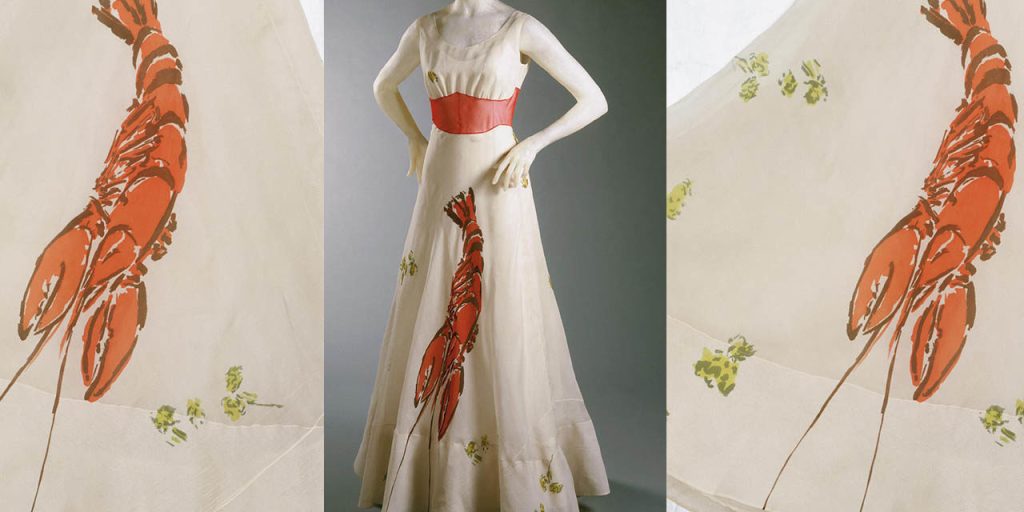
We do not claim to have met Dali, but from what we assume, it must have been a treat both to our eyes and soul. Salvador Dali paintings have served as an inspiration to many – Jeff Koons, pop art, Damien Hirst, and undoubtedly, his contemporaries. But can you imagine an effect so profound that it echoes through the 21st century via the designs of Schiaparelli, Chanel, and Dior?
The Persistence of Memory by Salvador Dali
As much as critics would like to imbue the theory of relativity, The Persistence of Memory by Salvador Dali, to his own admission does not refer to Albert Einstein’s theory of relativity. This Salvador Dali painting is perhaps the most outlandish surrealist artwork. It features pocket-watches and clocks melting like Camembert on a hot summer day. The painting narrates the slow decay of time and space, eerily reminding us of Ozymandias.
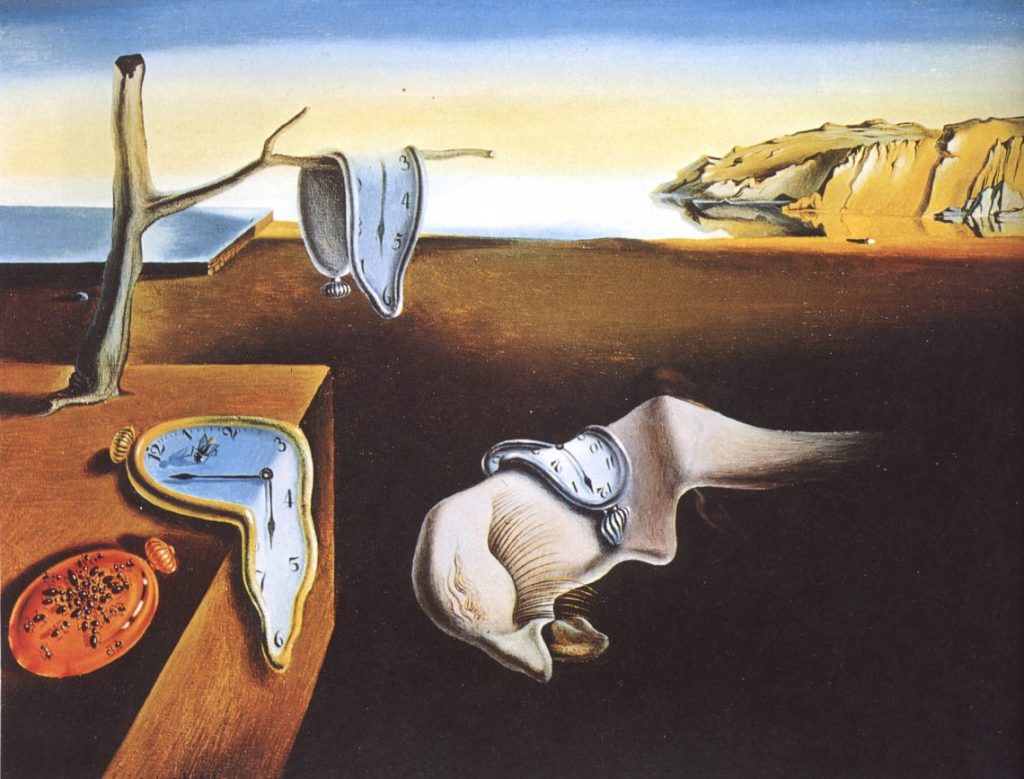
Dali had been enthralled by the landscapes of Catalonia. In this painting, he featured the Cap de Creus peninsula. Only Dali can make something as gruesome as death and purification appealing.
Enter The SEQUEL!!
A ‘young’ Salvador Dali was preoccupied with the intricacies of surrealism and the onset of decay, courtesy of the ever-fleeting time. 23 years later we were blessed with ‘La Desintegración de la Persistencia de la Memoria’, translating to, ‘The Disintegration of The Persistence of Memory’ by Salvador Dali. It was originally called ‘The Chromosome of a Highly coloured Fish’s Eye Starting the Harmonious Disintegration of the Persistence of Memory’ before he shortened the name.
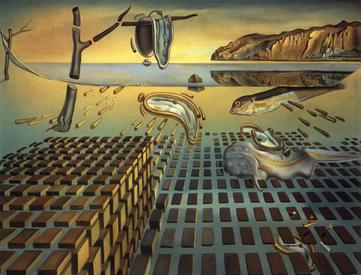
23 years is a long time for an artist. It was an even longer time for Dali. It was during this period that he was inflicted with scientific and religious teachings. Where Salvador Dali’s ‘The Persistence of Memory’ was a surrealist artwork, his sequel focused more on the invisible nature of existence. In this iteration, some elements remain the same – the Cap de Creus, the melting clocks, and the resting block. However, the entire narrative seems to be disintegrated.
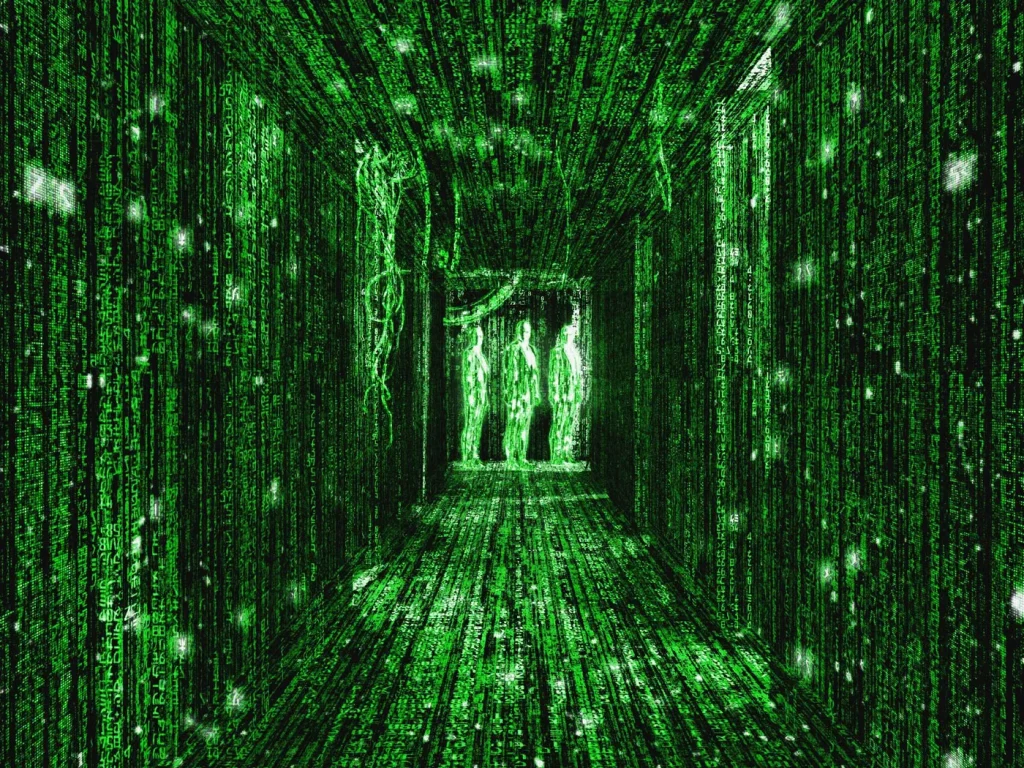
The landscape is flooded, the resting block is fragmented, the olive trees are dislocated and disintegrating, and the shadowy figure has transmuted into a fish. To Salvador Dali, it was as if the painting was finally being read from between the lines. The Disintegration of The Persistence of Memory by Salvador Dali is baffling, to say the least. Not because of the subject matter involved, but solely due to the auteur’s aim. Perhaps it is this surrealism that Dali expects of us – let our minds wander free and make up our own ubiquitous interpretations.
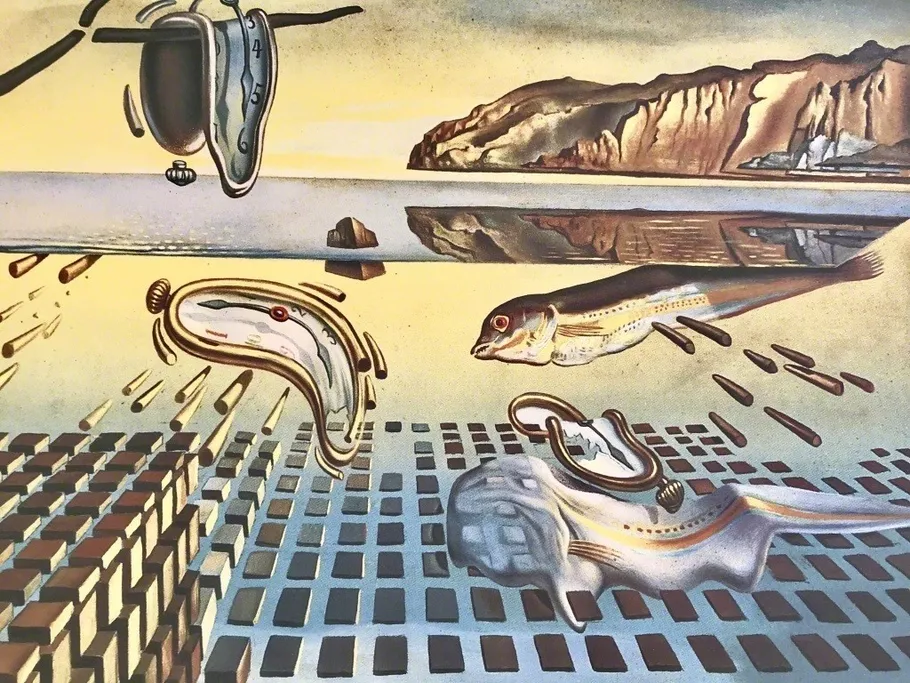
It may simply be a grand coincidence, but this Salvador Dali painting almost resembles the plot of ‘The Matrix’ series, created by the Wachowski sisters (née brothers). Just as Neo (Keanu Reeves) realises that the world is not as it seems, Dali pleads with the audience to look beyond the surface. The bricks are reminiscent of the green-hued codes, running parallel along the length of the ‘real’ world. The clocks in such a world are futile, existing as mere tokens. The same can be said about the deteriorating clocks. It also features missile-like entities traveling at unwavering speed, as if on a sole mission to demolish someone or something.
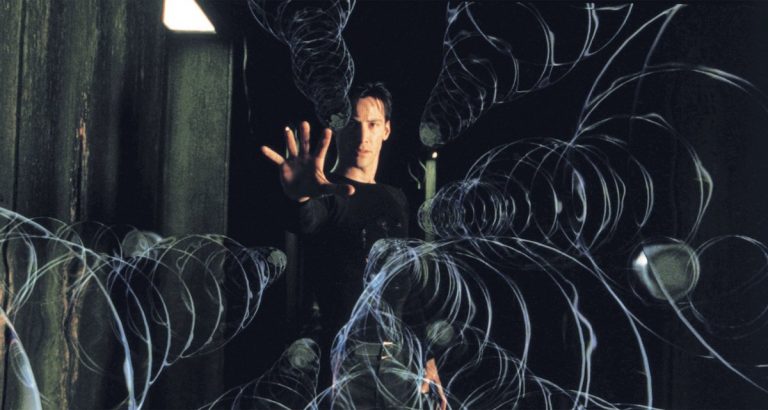
The brick-like fragments of the block, which are abundant under the water (some circling the melting clocks as if they will spiral into nothing) are spaced at equal distances, never touching. It is said that he was guided by the duality of waves and particles, but seeing how vehemently he denied Einstein’s theory, it may be unlikely. Then what does the sudden deterioration of the status quo reflect? Does it define the charged nature of the atom – never together? Is it yet another surrealist vision of decay? Is it a ruse, predicting the destruction that the technological marvel brings? Is it his departure from his surrealist style? Perhaps that was his intention all along.
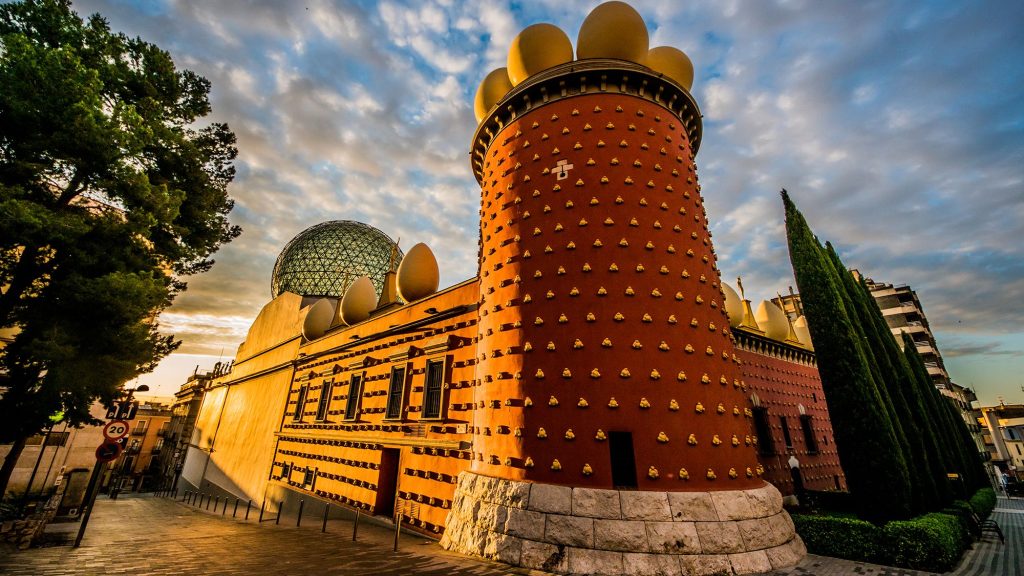
Whatever the case may be, it is hard to titillate Dali’s imagination anymore. Ah! What sight would it have been to be close to the legendary Salvador Dali? Today, it is only possible at the Dali Theater and Museum, Figueres, where he was buried shortly after his death.
Photo Courtesy – J.B.F. Editions d’Art

Hi Ya’ll !!
I love writing about pop culture and all things queer.
Sub Editor at Abir Pothi





